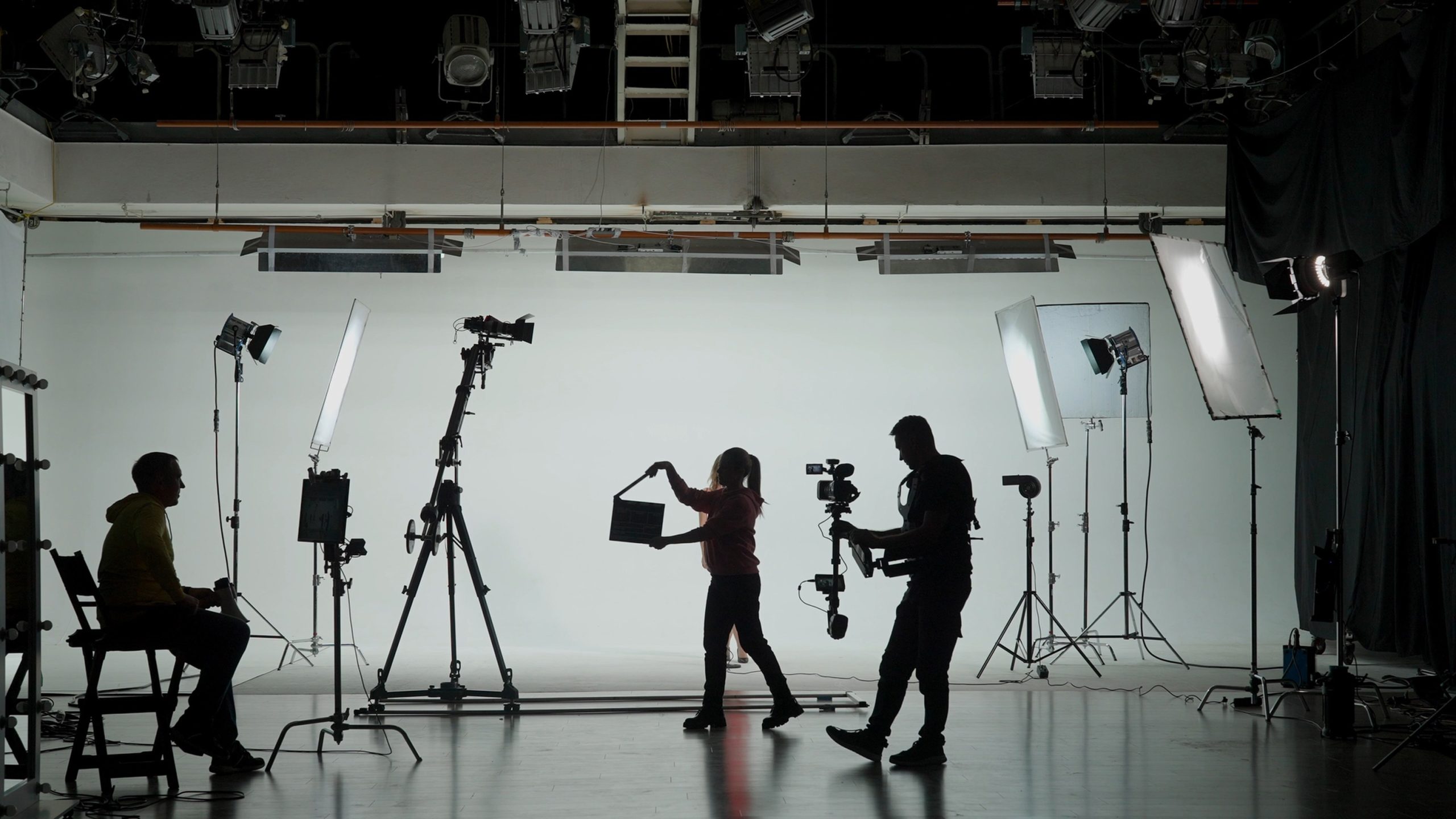Contents
R&D tax claims run far smoother when clients build a small record of their work during the year.
Many still feel unsure about what qualifies and wait until the last minute to gather evidence. This creates pressure for them and for you.
Our R&D tax specialists encourage the habit of keeping brief notes, knowing that it can make the process lighter and more accurate.
Track project start points and setbacks
A client rarely sets out with a polished plan for their R&D project, and if they do, chances are they will probably run into challenges along the way that change its course. It’s all part of the process.
To make sure that nothing gets left out or forgotten when the time comes to submit their R&D tax claim, ask clients to keep notes through the entire process.
This should include:
- Why the project began
- What problem they hoped to solve
- How they planned to solve it
These notes reveal the advance sought and help separate normal commercial activity from genuine R&D work, which will be helpful when completing the Additional Information Form (AIF) for your claim.
Keep a log of technical work
Teams often test ideas without knowing any of it might qualify for relief, so they’ll need your help to determine its eligibility.
A short log of trials or investigations builds a picture of what the team attempted and how things moved forward, which make later assessment much easier.
These notes highlight possible qualifying activities and help you link the work to the technical challenge at the start of the project.
Record accurate staff involvement
Request detailed timesheets or a monthly estimate from each team member involved in the R&D project.
This shows the proportion of time spent on the qualifying work across the year.
It also gives you a clear basis for staff cost calculations, which form a large part of many claims.
Keep evidence for materials and tools
Many businesses forget some of the smaller costs, even though they add value to a claim.
Records of prototype materials, sample runs or software tools used for technical steps should be saved in a single folder.
This reduces the time spent chasing paperwork later and provides clear evidence to HMRC of eligible costs.
Capture outcomes and learning
Projects do not always succeed. A record of results, both positive and negative, helps explain the uncertainty involved in the work.
This is something HMRC pays attention to because uncertainty is a key part of qualifying activity.
The notes from each outcome will help you feel out the details of the technical narrative of the R&D tax claim.
A common myth is that only successful projects can receive relief, but failed projects are also eligible.
Many breakthroughs in science and engineering began with long spells of trial and error.
A project that struggled or stopped is still worth tracking because the learning from those attempts can support a claim and show the technical effort involved. The next attempt may well lead to a better outcome.
Ready to make R&D claims easier?
If you want templates you can share with clients or support in encouraging clients to keep better records of their innovative projects, contact us and we will help get you set up.

Sign up to our Newsletter
Stay ahead with the latest R&D tax insights, funding updates, and innovation trends — straight to your inbox.









